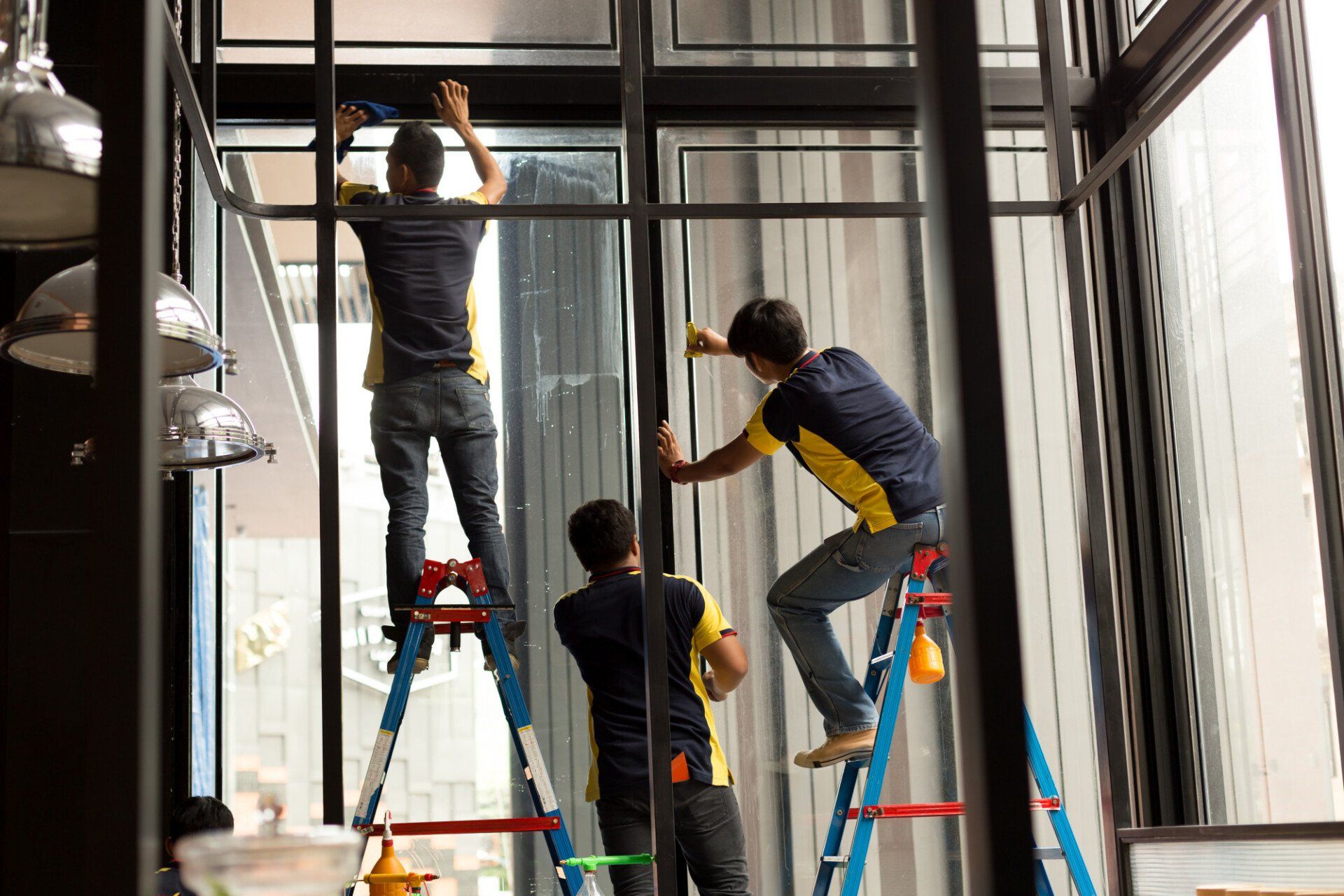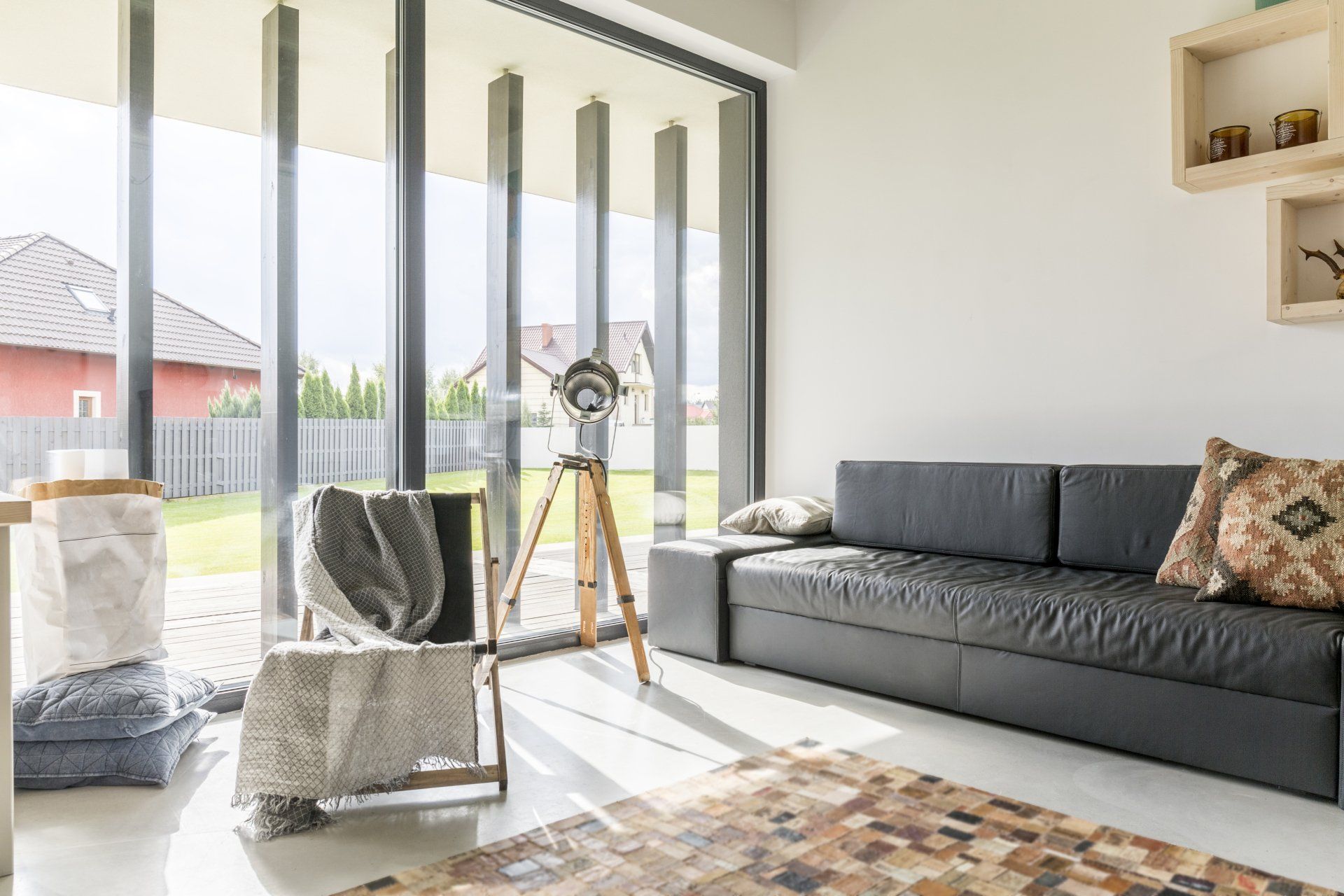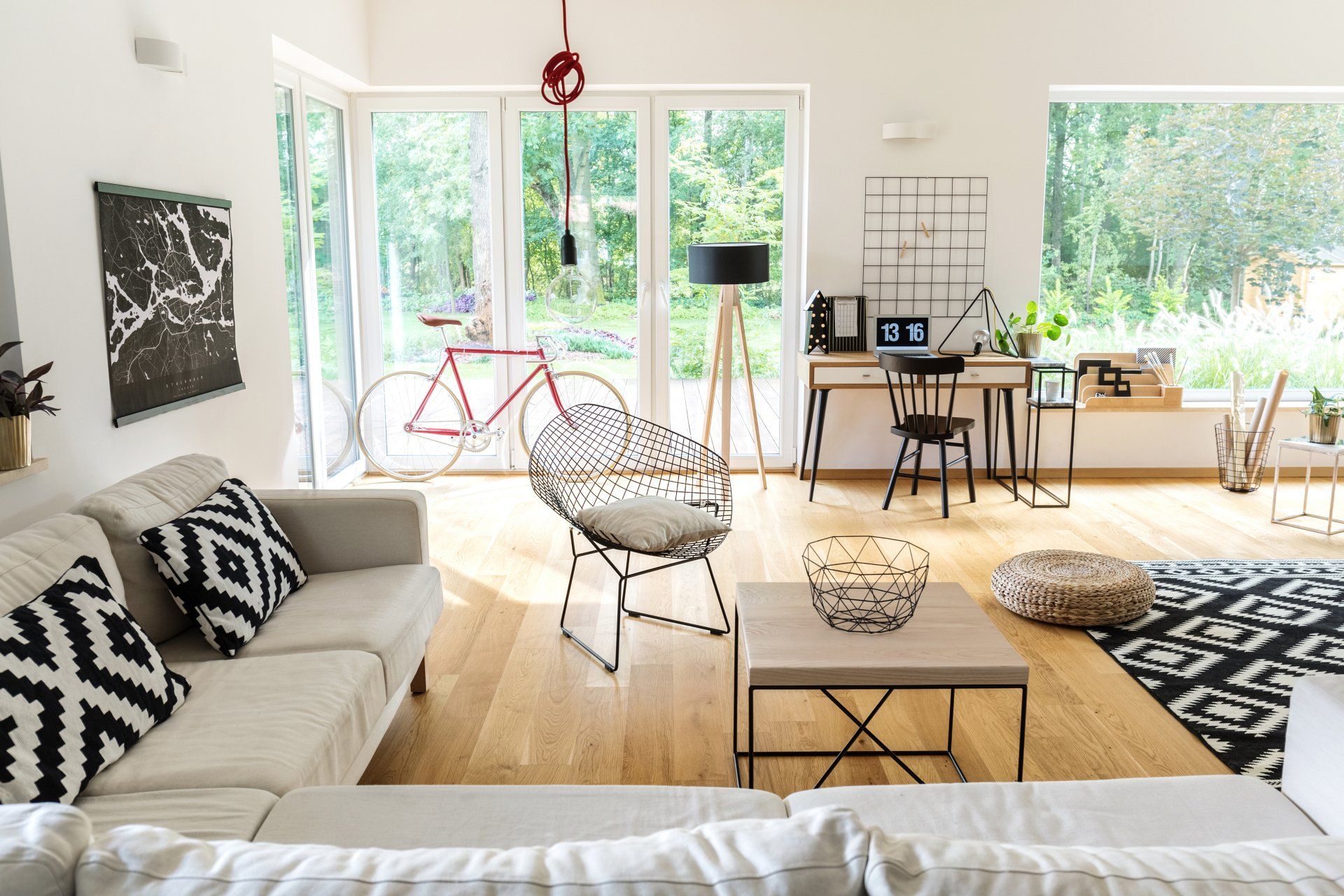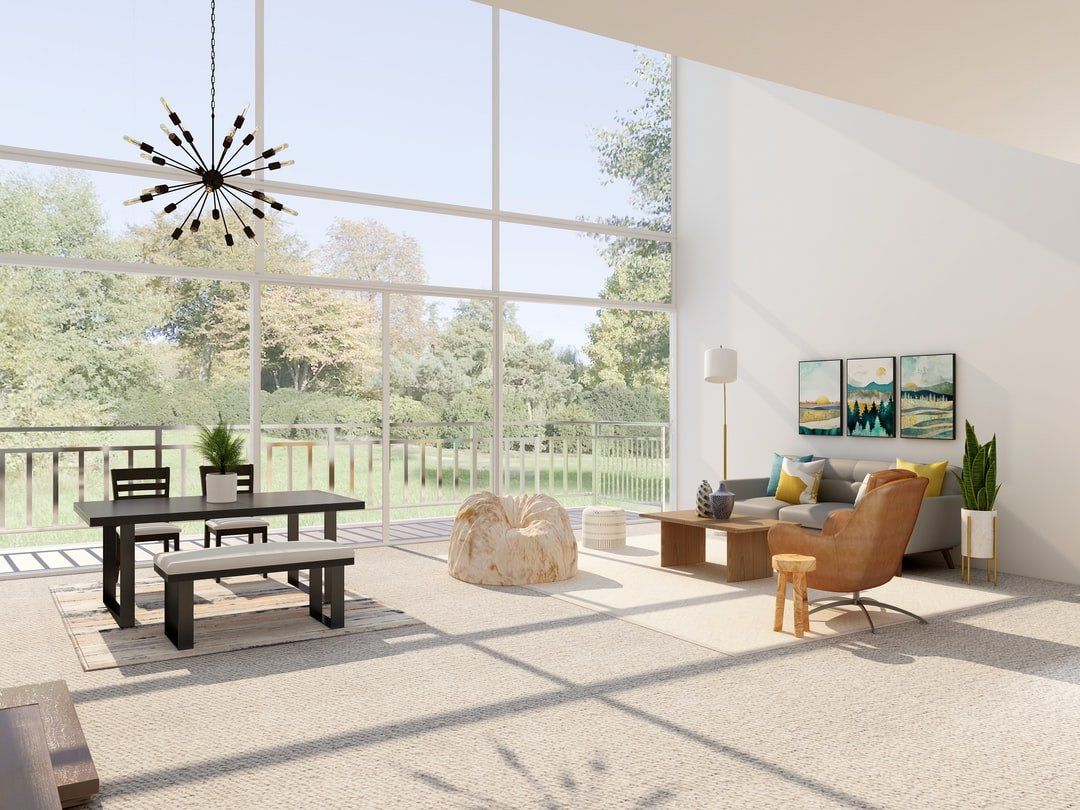Are you curious to know how much it costs for home window tinting? We break it down for you and tell you why it's worth the investment.

Many people understand the benefits of tinting car windows, but why would you do it for your home windows? If you're asking that question, consider this.
Do some rooms get uncomfortably hot in the day with all the sunlight coming through the windows? Do you like the look of a window without blinds but hate how your neighbors can see everything you're doing?
For all these reasons and more, home window tinting is an excellent investment. Tinted home windows provide solutions to these issues while retaining a stylish look to your home. Want more good news? It doesn't have to cost a fortune, either.
In this guide, we'll break down the cost of window tinting and how it varies.
Home Window Tinting Factors to Consider
The average cost of window tinting in the US falls around $585. However, a variety of factors affect this cost. A low-end expense for window tinting can be as cheap as $150, while certain high-end projects could cost over $1000.
Most people spend somewhere between $300 and $950 on their home tinting, though. As you can see, it's a fairly broad range. So, what exactly makes the difference between a $900 job versus a $300?
Several factors go into your window tinting cost calculation. Among those factors are considerations like types of window films, size, and the style of your windows. If you hire professionals to do the job, then labor also accounts for some of the prices.
To give you a more concrete idea of how these factors influence cost, we'll first explore what types of window films you can choose.
Types of Film For Tinted Home Windows
When evaluating what type of film to get for your windows, there are a few standard types to choose from. Those options include 3M, ceramic tint, security film, solar window film, and smart glass.
3M Window Film
This window film usually costs around $2-$14 per square foot. Typically, this film targets heat gain reduction, which decreases the amount of heat your windows allow into your home. In doing so, it helps make your air conditioning more effective and reduces your energy bills.
The primary downside to this type of film is how much it can change the color of light you see. Sometimes this film dims the outside scenery too much, making it less visually appealing.
Ceramic Tint
Ceramic tinting helps make up for 3M window film's drawback. This tinting material blocks up to 50% of the sun's UV rays without sacrificing visibility. However, because of its material, its cost range is a bit pricier.
Ceramic tint usually costs $5-$10, which means you're likely to pay more for this than you would for 3M. While you may be less enthusiastic about the price, ceramic tint provides top-notch results to warrant its price.
Security Film
Tinted windows provide benefits beyond blocking extra sunlight. They also provide extra durability to your windows, making them harder to break. Furthermore, they offer greater privacy, making it more difficult to see through the window from the outside.
As such, if you're more interested in these benefits, security film is right up your alley. Like ceramic tint, it's a little more expensive, ranging from $7-$10 with each square foot.
However, this tint helps to protect your windows against storm damage, earthquakes, fire, intruders, and other types of threats. Moreover, it also blocks out extra UV rays, helping your AC to become more efficient.
Solar Window Film
Solar window film is renowned for its energy efficiency, as it helps to block extra UV light and retain heat in the home. As such, this window film performs excellently in keeping your home temperature stable throughout the year.
Unfortunately, this is another costly option. The usual price range for a square foot of solar window film is $8-$14.
Smart Glass
Smart glass is the height of smart home technology. This glass essentially gives you control over how much tinting you want at any time of day. You can control its levels through your smartphone. Usually, smart glass requires you to replace your windows, an operation costing between $300-$700.
That price doesn't include the price range of smart glass, which can fall anywhere between $50-$100 per square foot. It's by far the most expensive option. But, if you can afford it, it has incredible functionality.
How Different Styles Affect Cost
Now that you know about the different types of tinting options on the market, let's discuss how the style of windows affects cost. As you saw, all of the films charge a certain amount per square foot.
So, to help calculate the cost to tint your windows, it helps determine the square footage of those windows. The size of your windows determines the majority of your cost.
However, another factor that plays into the cost of window tinting is the style of the window. Different styles are harder than others to tint, so workers charge more to do those jobs.
If you're looking for cheaper, more affordable tinting jobs, then flat windows are your best friends. These are the most straightforward windows to tint, and therefore the most affordable. Usually, homeowners pay around $7-$100 for each square foot of tinting on flat windows.
Another cheaper option is to tint the glass of your front or back door. In many cases, companies charge a flat rate between $100-$200 for this. Usually, though, they only provide a flat rate if you're not tinting any other windows.
Hire a Team Today
If you want to save money on your energy bills, increase your home privacy, and reinforce your windows, then home window tinting is perfect for you. To get started, determine your budget.
Which of the types of tinting do you think will best suit your home? Once you decide this, you can then choose which windows you want to be tinted and how much it may cost.
Once you've done that, the final step is to hire your professional team! Professionals have the experience to install your window tinting without a hitch, so contact us today! TNT Signature Glass Design has two convenient locations in Green Bay and Madison, WI to better serve our customers.












